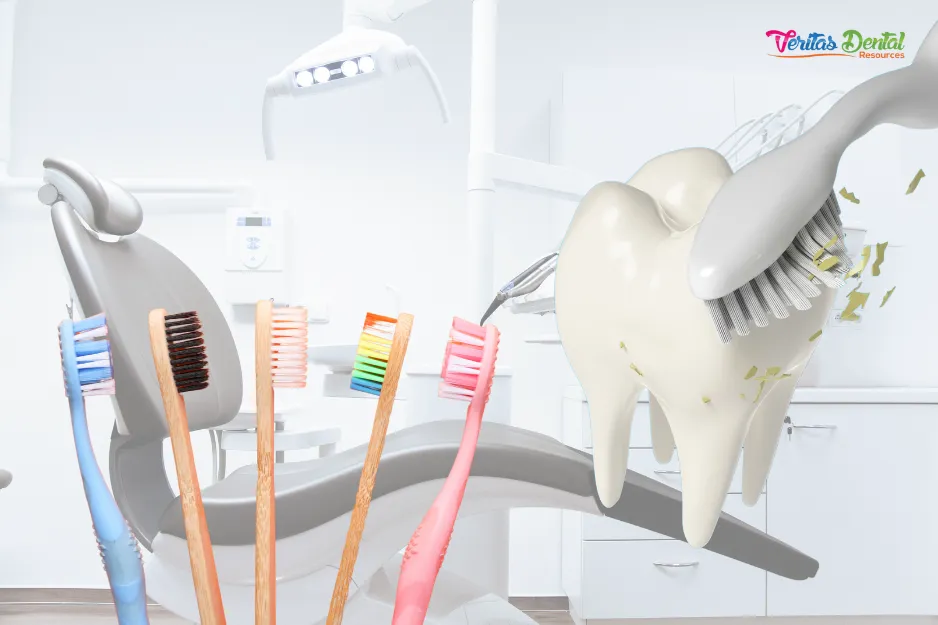
Can You Use Dental Code D4342 and D1110 on the Same Day for the Same Patient?
In the pursuit of effective patient care, dental providers often face the challenge of determining when both scaling and root planing (SRP) and routine prophylaxis (prophy) are necessary for the same patient. However, an essential principle in ensuring accuracy and avoiding unnecessary disruptions in care is understanding the correct use of insurance codes. When navigating the use of codes D4342 (SRP for 1-3 teeth per quadrant) and D1110 (adult prophylaxis) on the same day, it is critical to grasp the boundaries set by insurance providers.
Can D4342 and D1110 Be Billed Together?
While the technical answer may seem straightforward, the reality is more nuanced. Most insurance plans do not allow D4342 and D1110 to be billed on the same day for the same patient. This stems from the inherent differences in these procedures:
D4342 is a therapeutic procedure aimed at treating periodontal disease. It focuses on removing calculus and plaque from below the gumline on one to three teeth within a quadrant.
D1110, on the other hand, is a preventive procedure that involves a routine cleaning for patients with healthy periodontal conditions, free from active disease.
The divergence between these two procedures—one treating active disease and the other maintaining health—creates the conflict for insurance providers, who often see them as incompatible treatments.
When Is It Appropriate to Bill D4342 and D1110?
To uphold the principle of seeking first to understand, it's essential to determine when both procedures may be warranted, and how to align them with appropriate scheduling:
Scenario 1: SRP Comes First (D4342)
When a patient presents with periodontal disease that affects only a few teeth in a quadrant, D4342 should be performed first. After a healing period (typically 4-6 weeks), the patient may return for periodontal maintenance (D4910) or, if the remaining teeth are healthy, a D1110 prophylaxis.Scenario 2: Prophylaxis Only (D1110)
If the patient is in a healthy state, with no signs of periodontal disease, D1110 should be performed. If periodontal disease emerges later, SRP (D4342 or D4341) can be introduced as necessary at a subsequent appointment.
The Importance of Proper Scheduling and Documentation
The principles of proactivity and clarity guide best practices for scheduling and documentation. If both D4342 and D1110 are required, consider performing the SRP first and scheduling the prophylaxis for a later date. To ensure transparency and accuracy:
Thoroughly document the patient’s periodontal condition, including probing depths, bleeding points, and radiographic findings that justify the need for SRP.
Verify insurance coverage before initiating treatment, and educate the patient about the necessity of multiple visits.
Conclusion: Aligning Clinical Practice with Insurance Procedures
While insurance companies may impose limitations on billing D4342 and D1110 on the same day, the principle of ensuring proper care and maximizing coverage remains paramount. When both procedures are necessary, the SRP should be performed first, followed by prophylaxis or periodontal maintenance at a later visit. By adhering to proper coding, scheduling, and documentation practices, dental offices can not only comply with insurance policies but also provide patients with the care they need, minimizing confusion and preventing claim denials. In a world where insurance processes may feel restrictive, understanding these coding dynamics empowers dental practices to navigate the system efficiently, maximizing both patient care and financial success.
Ultimately, the goal is to focus on what serves the patient’s health best—while simultaneously avoiding the financial losses that can arise from misunderstanding the intricate relationship between dental procedures and insurance policies. Recognizing the difference between a “bloody prophy” and a properly coded SRP will support both clinical outcomes and practice viability.

